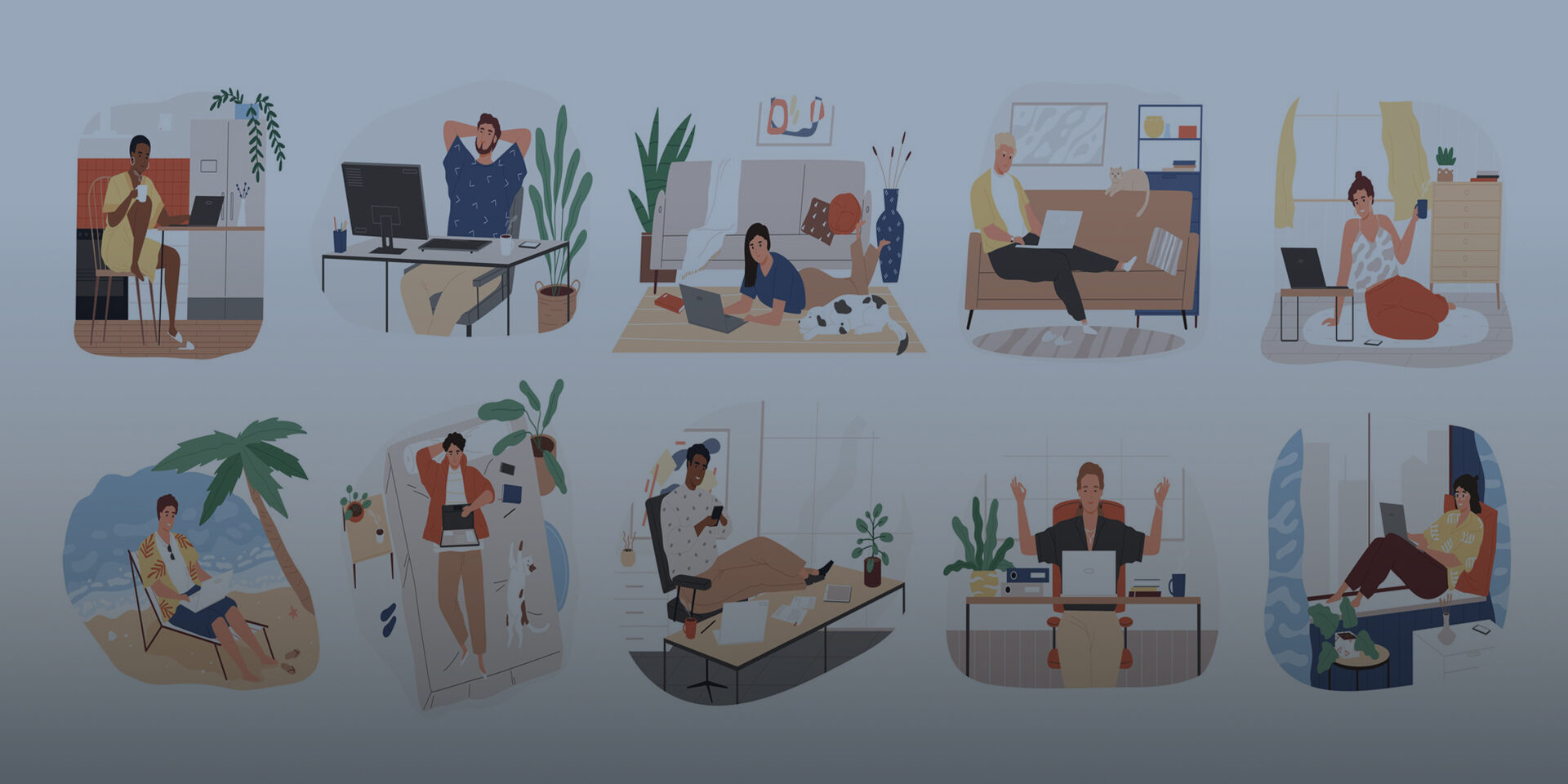
Building an Inclusive and Accessible Remote Work Environment
May 15, 2020 | 2 Minute ReadAccessible and inclusive remote environments benefit everyone, not only persons with disabilities and caregivers. These are some best practices to ensure inclusive remote work environments.
This post originally appeared on Inclusive Development Partners Blog.
Beyond the fact that many employers worldwide are required to provide reasonable accommodations , creating accessible and inclusive remote work environments can drive productivity and innovation as well as increase morale. In fact, working remotely has been considered a reasonable accommodation for persons with disabilities. And while ensuring inclusiveness, accessibility, and morale support is always important, given the COVID-19 pandemic, many employers likely have more staff members than ever working at multiple locations. To be effective and inclusive, companies and organizations must develop a remote/flexible work arrangement policy and maintain a robust infrastructure for remote workers with different abilities and unique needs to connect with each other. While the costs of not implementing such policies and resources are high, the expenses to do so are low: according to Job Accommodation Network , 58 percent of accommodations, such as inclusive communications platforms, cost nothing while the rest of accommodations typically cost only $500. When deciding on a communication and collaboration suite to connect remote workers, employers should prioritize platforms that are inclusive and accessible for all employees.
Here are some ways employers can build an inclusive and accessible remote work environment:
1. Ensure that teleconferences and training sessions are accessible to everyone.
Using inclusive platforms and technologies help employees who are deaf and hard of hearing engae actively in the virtual experience. The Center for Disease Control (CDC), in its guidance on making meetings accessible , recommends meeting announcements, presentations and materials, and technology be accessible for persons with disabilities. The CDC encourages closed-captioning or subtitles when using audio components. People who are deaf and hard of hearing and who communicate through listening and spoken language prefer subtitles. Subtitles also benefit those individuals with learning disabilities or challenges with receptive language as a result of Attention Deficit Disorder/Attention Deficit Hyperactive Disorder or autism and other learning disabilities in which reading words is easier to digest than hearing spoken language. For employees who do not speak English as a first language and might struggle to connect and collaborate via listening, subtitles enable them to receive accurate information. Microsoft Teams and Skype both offer free subtitles that can be turned on with a click of a button. Both tools use artificial intelligence technology to transcribe conversations on a call. Skype offers subtitles in 11 different languages and Teams provides subtitles in English, with plans to add additional languages in the future. Google Hangouts , Google Meet , and Webex also offers live caption in English. When using Zoom or other applications that do not offer closed cap-tions, use WebCaptioner , which can caption anything that is being heard on the computer. Both Android and Apple devices provide Live Caption for audio and video calls and recordings.
Posts on the blog represent the views of the authors and do not necessarily represent the views of Chemonics.

